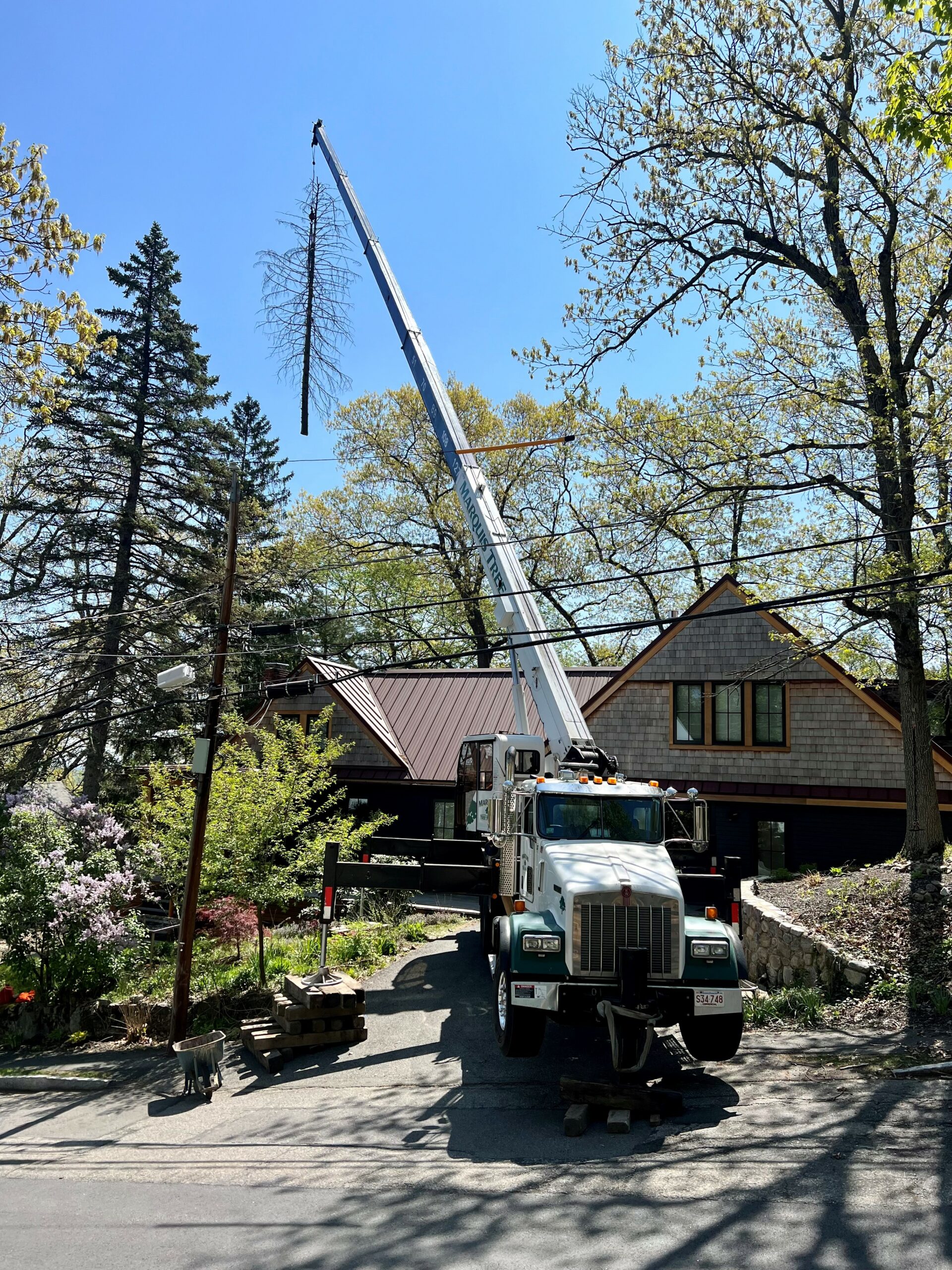The Craft of Tree Climbing: Skills Each Arborist Masters
Tree climbing is not just an adventurous hobby; it is a skilled career that requires a thorough understanding of the biology of trees, safety protocols, and ascension techniques. Tree care professionals, also known as tree care professionals, dedicate their lives to the health and care of our leafy friends. They are often the unsung heroes of urban forestry, ensuring that trees remain healthy, safe, and beautiful. Regardless of whether it is diagnosing tree diseases or understanding the complexities of tree pruning, the art of tree climbing is just one facet of the multifaceted role that arborists play in our communities.
In this exploration of the competencies every arborist acquires, we will explore the critical factors that make them essential to our environment and the safety of our homes. From recognizing when to contact an arborist to understanding how they help mitigate hazards, we will also highlight the equipment of the profession and the education required to become a certified arborist. Join us as we uncover the nuances of tree care and the vital contributions these professionals make to both city and outdoor landscapes.
The Importance of Certified Arborists
Employing a certified arborist is crucial for ensuring the health and security of trees in various environment. Licensed arborists are skilled professionals who have demonstrated their knowledge in tree care through stringent assessment and real-world experience. Their comprehension of tree biology, pruning techniques, pest management, and risk assessment is far superior to that of untrained individuals. When https://innocrex.com/members/malletresult44/activity/105180/ utilize the services of a qualified arborist, they gain confidence, knowing that their trees are in trusted hands.

Moreover, licensed arborists are knowledgeable in the local regulations and standard procedures surrounding tree care. This guarantees that any work performed is consistent with local laws regarding tree preservation and removal. Using a licensed arborist can prevent potential legal issues and fines, as they are prepared to handle the regulations that preserve urban trees and green spaces. Tree surgeon cork city to continuous education and training also indicates they stay up-to-date with industry advancements and environmental considerations.
Another significant aspect of employing a licensed arborist is the financial advantages involved. Investing in professional tree care can lead to stronger trees, which can increase property value and elevate curb appeal. A certified arborist can provide tailored recommendations, ensuring trees thrive and add value to the landscape. In the future, employing a certified arborist not only preserves trees but also supports sustainable practices that benefit the community as a whole.
Tree Care Recommendations
Effective tree care is essential for preserving the well-being and beauty of trees in both urban and rural area settings. One of the initial best practices is to recognize the unique needs of several tree species. Every type of tree has its own requirements for illumination, moisture, and soil type. Arborists aid by analyzing these needs and providing personalized care, ensuring that trees grow robust and tough. Consistent monitoring for symptoms of disease or stress is also crucial, as early detection can halt more serious concerns down the road.
Cutting is a further key aspect of tree care that arborists stress. The moment and technique of pruning can significantly affect a tree's development and condition. Professional arborists know when to prune to encourage healthy growth, improve the tree's shape, and cut away any dead branches. This practice not only improves aesthetics but also lowers the risk of dropping branches, thus guaranteeing safety in residential and urban areas.
In addition to this arborists recommend the value of mulching around the base of trees. Mulch helps keep moisture, manages soil temperature, and prevents weed growth, creating an optimal environment for root growth. Arborists suggest specific types of mulch based on environmental circumstances, and they often educate property owners on how to use and care for mulch properly. Following these best practices will support the overall health and life span of trees, enhancing the landscapes in which they thrive.
Understanding Arbor Condition and Dangers
An arborist plays a crucial role in evaluating tree health and recognizing possible threats to both the trees and neighboring buildings. They are trained to detect various symptoms of distress in trees, including color changes in foliage, irregular growth patterns, or indications of infestations and diseases. By carrying out thorough inspections, arborists can assess the general condition of a tree, allowing property owners to take proactive measures to mitigate hazards.
Efficient tree management not only prevents possible risks, but it also promotes sustainable expansion. Arborists employ a set of methods, such as appropriate cutting, tree bracing, and stabilizing, to support trees that may be at risk due to structural issues or external pressures. Additionally, understanding tree root systems is crucial; healthy roots stabilize trees securely while also absorbing vital nutrients. This knowledge helps arborists detect any root causes that could influence tree security and lifespan.
Furthermore, the influence of outside factors like the condition of the soil, weather patterns, and urban development cannot be neglected. Arborists are equipped to examine these factors and their impact on tree health. By integrating their knowledge with ongoing maintenance and observation, certified arborists guide property owners in making educated decisions that enhance tree sustainability and reduce the chances of consequential risks, ensuring trees thrive in their habitat.